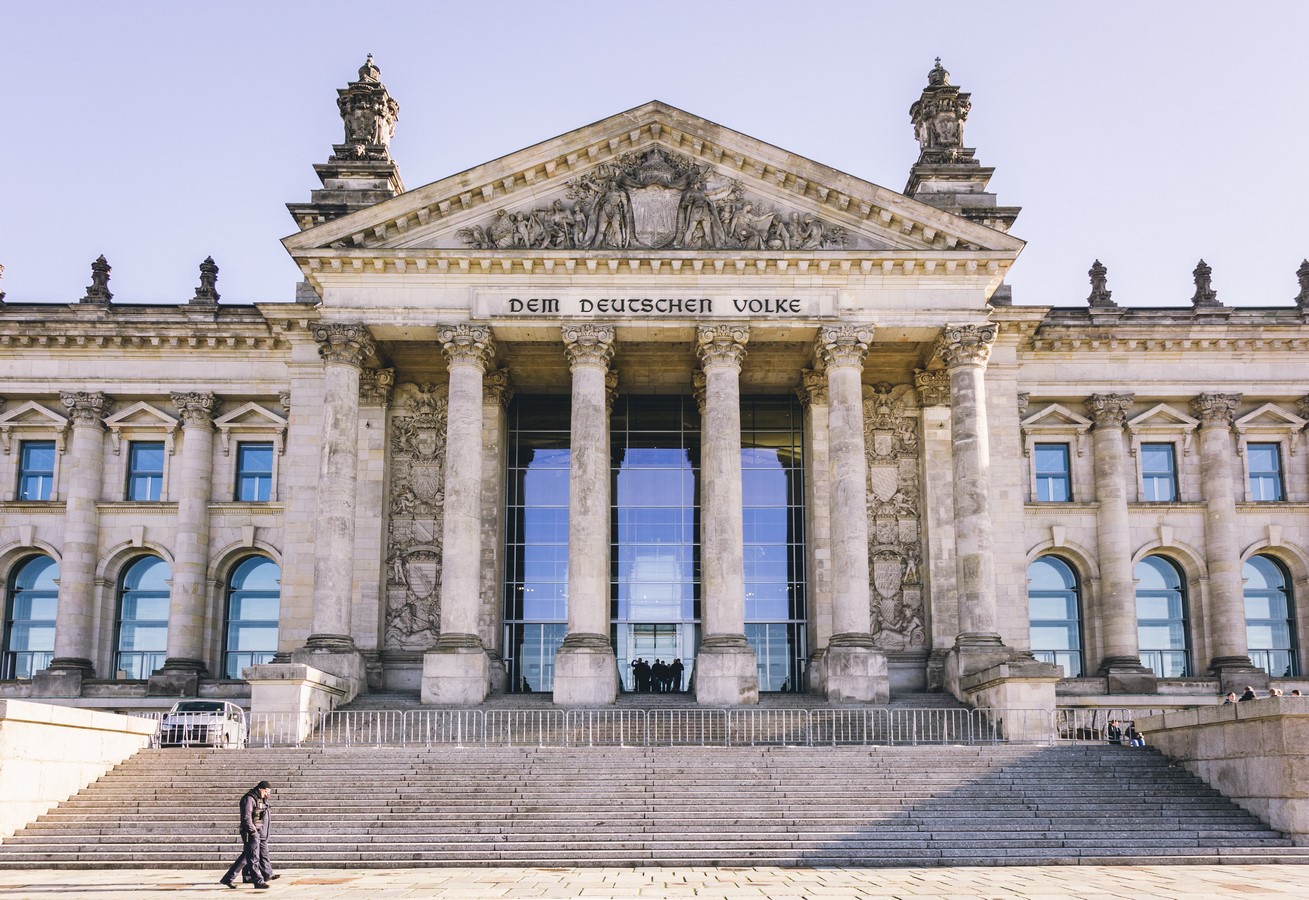What can architecture do for the Government?
Humanity has seen the evolution of architecture throughout history. It adapts to the people’s ways as if seasons discreetly pass by. Every change an era brings entails the transformation of society. These modifications are displayed through the people’s customs and social behaviour and from witnessing the alteration of physical structures and buildings. As if a work of art, it is beautiful but can also be crucial to delivering an impactful message that would contribute to the community’s values.


The Role of Government and Architecture
Governmental architecture is the backbone of modern public value. The collection of ideals and the importance of a place’s history are displayed in these structures. As if a memoir, this reminiscent of yesterday proves how far society has progressed. But modern time poses a challenge to every designer. As years go by, the complexity of the architectural demands heightens.
Complexity is at the heart of the architecting challenges creating shared values. The more complex the demands are, the more confusing it is for government leaders, architects, and people to develop a unified response to design. Everyone starts to propose building structures that – to some extent – are not even purposeful. Such a problem is a threat that potentially thwarts the values and aspirations of a community from achieving a harmonious end goal.
Leaders and designers should learn how to adapt to this complexity and utilize their expertise to recreate a holistic approach that continues to spark the intention of creating shared values. Architecture should not be taken for granted because it contributes to the dynamics of a place. Learning to appreciate the processes of embracing its importance can create changes that impact the betterment of a business. In the hopes of reaching more people and creating more governmental architecture that establishes a sense of purpose, leaders must be familiar with the architectural concepts that serve as elements that contribute to meaningful interaction between people, government leaders, and architects.

Architectural concepts help in realizing the goal of establishing shared values. These concepts are divided into four, namely, frameworks, principles, guidelines, and standards – all of which create a powerful and efficient tool that can be used to guide quality development projects. Conceptual clarity is needed to visualize the result even during an early stage.
Conceptual Frameworks. Architecture Frameworks structures and interrelates architectural elements to allow the design of the components independently and, at the same time, ensure coherency among features (Janssen et al., 2017). In so doing, it becomes easier to structure interrelated architectural principles and best practices. The Zachman model, for instance, provides a clear image of how a framework is structured – basically an ontology of how to categorize different aspects of an enterprise.
Architectural Principles. Principles are normative and directive statements that guide decision-making when designing new systems (Janssen et al., 2017). In theory, these principles are unrelated to the specific technology or person and instead help redirect the design strategy into doing the right thing. It does not prescribe the ‘how’ of a subject matter.
Architectural Guidelines. Guidelines are rules of thumb for determining courses of action, allowing leeway in their interpretation (Janssen et al., 2017). Unlike principles, guidelines are not necessarily followed in every circumstance and instead allow for discretion in their performance. Generally, it can be viewed as recommendations in practice, but little to more modifications can be altered and introduced if deemed necessary and profitable to a project.
Architectural Standards. Standards are well-defined policies and specifications used as rules to form unifying practices across projects and organizations (Janssen et al., 2017). These standards set the criteria needed to ensure quality output. Stricter than architectural guidelines, these set of criteria are then followed to come up with a unified approach to design.
Integrating these four architectural concepts creates a rhythm for solving complex problems, enabling an organized workflow among concerned members. The conceptual framework sets up the skeleton of the strategy; it is then followed by reflecting on the architectural principles needed and are vital to keeping the progress afloat. Once selected codes are considered, architectural guidelines can initiate a more precise direction to achieve the best solution to the architectural problem. The standards solidify the approach since it creates clear criteria on what should be done and what shouldn’t. Hence establishing unified governmental architecture incorporating the ideals and values of a community through it.
The Netherlands, for example, uses the Zachman model to structure a coherent workflow and as a framework. The principles ensure the same starting points and adopt the same approaches when developing new systems (Janssen et al., 2017). Some of these principles also become guidelines. The standards are also referred to as the governmental architectural framework, and designers should adhere to these standards.

Similarly, Norway uses a European conceptual framework. The country has also developed seven high-level architectural principles to guide the design. Unlike the Netherlands, Norway has yet to establish explicit guidelines to design. In addition, a general catalogue of standards for the public sector is available through a designated web portal.

In the Philippines, zoning requirements usually dictate the design decisions needed to be executed for the project. Along with building laws and ordinances, it serves as the framework. Architectural principles of passive cooling and similar tropical theories are applied as much as possible to provide convenience and comfort among end-users. Primarily, governmental buildings manifest vital Spanish elements and influences due to the country’s historical relationship with the Spaniards.

A more straightforward approach to these elements can be seen in Icelandic buildings. The governmental architecture of this place is characterized by the plain and simple design motif of the façade but still serves its purpose. However, design standards and guidelines have yet to be established. A certain simplicity comes across as being homey and inviting in their buildings. A trait that is reflected in its people.

Governmental architecture is evolving. More architects continue to scrutinize the elements that comprise architectural concepts. This is to elevate and improve the quality of outputs produced without compromising aesthetics and the values a place possesses. It is also essential to consider the citizens, the people in general, in the design decisions. Involving our people allows them to appreciate the changes and innovations in structures and facilities as social progress.

Ultimately, it is a collective effort of the government, architects, and people. The exchange of ideas becomes a groundbreaking solution to realizing the best governmental architecture that is relatable to everyone – even to people of different backgrounds. After all, architecture aims to inspire and reach the hearts of many.
Commitment and dedication. It is fair to question what the government is willing to do and execute to create meaningful governmental architectural projects. Those that holistically serve its people.

References:
Janssen, M., Saebo, O. and Flak, L.S. (2017) Government architecture: Concepts, use and impact – hal.inria.fr. Available at: https://hal.inria.fr/hal-01490901/document
(Accessed: November 17, 2022).
Tupper, C.D. (2011) Zachman framework, Zachman Framework – an overview | ScienceDirect Topics. Available at: https://www.sciencedirect.com/topics/computer-science/zachman-framework
(Accessed: November 17, 2022).
Government buildings, Governmental Architecture – e-architect (2021) e. Available at: https://www.e-architect.com/government-buildings (Accessed: November 17, 2022).
Gunnarsdóttir, N. (no date) What is an Icelander, Guide to Iceland. Available at: https://guidetoiceland.is/history-culture/what-is-an-icelander (Accessed: November 17, 2022).




















